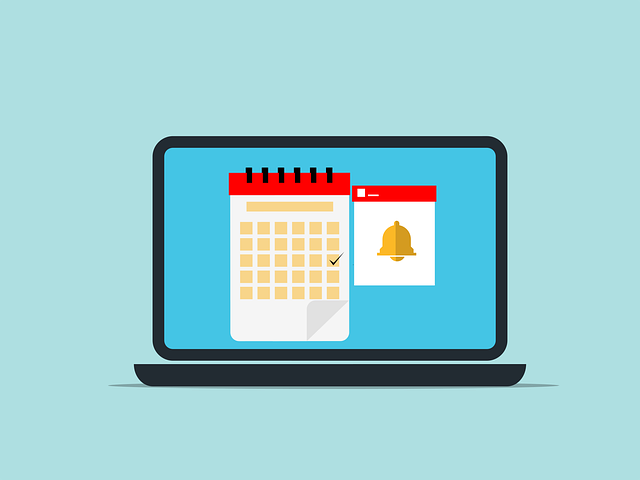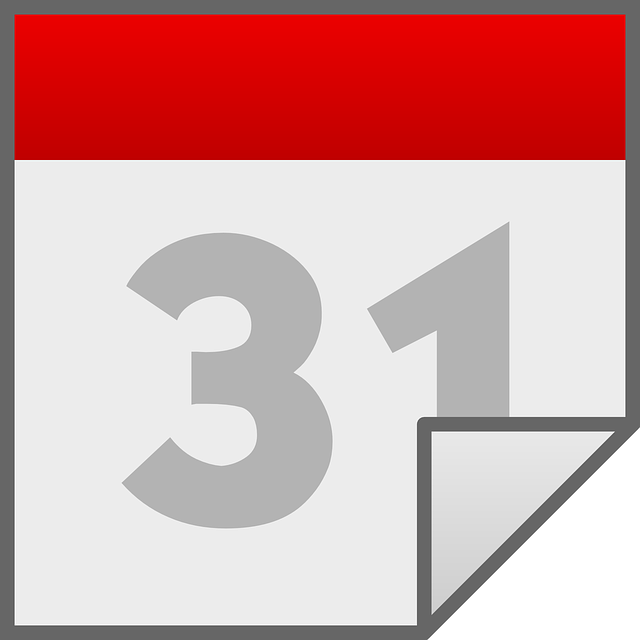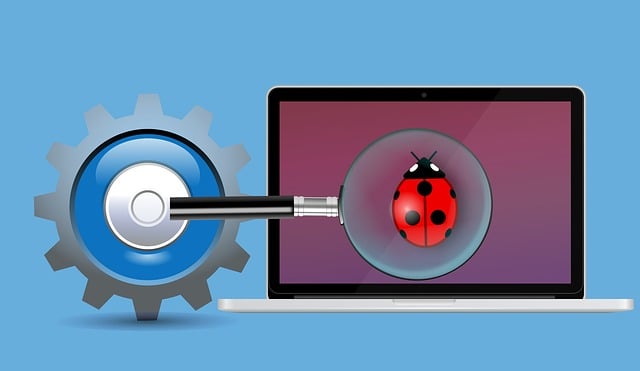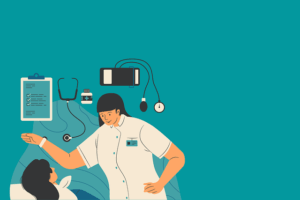Patient no-shows disrupt healthcare operations, prompting institutions to adopt technology like appointment alert systems. SMS, email, and call reminders personalize communication, improve attendance rates, and enhance resource utilization. These digital strategies increase patient engagement, cut down no-shows, and ultimately boost medical attendance. Well-designed appointment alert systems with clear instructions and personalized messages significantly reduce no-shows. Strategic implementation, tracking KPIs, and regular reviews optimize these systems, streamlining scheduling and improving patient care. Advanced appointment alert systems using automation, AI, and machine learning are the future of healthcare, revolutionizing appointment management and patient satisfaction.
In today’s fast-paced world, patient no-shows remain a significant challenge for healthcare providers. To combat this issue, technology-driven reminders via SMS, email, and calls have emerged as effective solutions. This article explores how innovative appointment alert systems can improve attendance rates. We delve into the root problem, the role of technology in sending timely reminders, and effective strategies for each reminder method. Additionally, we discuss designing user-friendly alert systems, implementing reminder campaigns, and future trends that leverage technology to enhance appointment attendance.
- Understanding the Patient No-Show Problem
- The Role of Technology in Appointment Reminders
- Effective Strategies for SMS, Email, and Call Reminders
- Designing a User-Friendly Appointment Alert System
- Implementing and Tracking the Success of Reminder Campaigns
- Future Trends: Enhancing Appointment Attendance Through Technology
Understanding the Patient No-Show Problem

Patient no-shows are a significant challenge in healthcare settings, leading to reduced appointment slots and potential financial losses for providers. This issue often arises from various factors such as forgetfulness, scheduling conflicts, or lack of motivation to attend appointments. Traditional reminders may not always be effective due to varying patient preferences and access to communication channels. As a result, many healthcare institutions are turning to technology-driven solutions, like appointment alert systems, to combat this problem.
No-show prevention tools, including SMS reminders, email notifications, and call services, have proven to be game-changers in healthcare scheduling. These innovative reminder systems not only ensure patients receive timely alerts but also offer a personalized approach by allowing individuals to choose their preferred method of communication. By implementing these effective strategies, healthcare providers can improve attendance rates and optimize resource utilization.
The Role of Technology in Appointment Reminders

Technology plays a pivotal role in enhancing patient engagement and reducing no-shows by implementing an efficient appointment alert system. SMS, email, and voice call reminders are powerful tools that can significantly improve medical attendance rates. These digital methods ensure patients receive timely notifications, fostering a sense of accountability and encouraging them to honor their scheduled appointments.
By leveraging no-show prevention tools like automated reminder services, healthcare providers can proactively reach out to patients, offering a friendly nudge to attend their appointments. This not only reduces the administrative burden but also contributes to a medical attendance boost, ultimately benefiting patient care and outcomes.
Effective Strategies for SMS, Email, and Call Reminders

Implementing an effective appointment alert system is a powerful way to combat patient no-shows and enhance medical attendance rates. SMS reminders are particularly successful due to their immediate nature; a simple text message can serve as a gentle nudge, reminding patients of upcoming appointments and reducing last-minute cancellations. Personalized messages that include the patient’s name and appointment details further increase engagement.
Email reminders offer a more detailed approach, allowing healthcare providers to share important pre-appointment instructions and information. This is especially beneficial for complex procedures or when specific preparation is required. Combining email with a reminder call service can create a multi-channel strategy that caters to different communication preferences, ultimately driving up attendance rates and fostering patient engagement. Such services ensure timely follow-ups, providing an additional layer of support in the healthcare scheduling process, and contributing to a significant medical attendance boost.
Designing a User-Friendly Appointment Alert System

A well-designed appointment alert system is key to enhancing patient engagement and reducing no-shows. This system should be user-friendly, allowing patients to easily manage their appointments through various channels such as SMS, email, or phone calls. Simplicity and clarity are vital; the reminders should include essential details like date, time, location, and a brief reminder of the purpose of the appointment. Patients appreciate personalized messages that consider their preferences, whether it’s the preferred communication method or specific language requirements.
Incorporating interactive features can further improve engagement. For instance, patients could respond to reminders with a simple text to confirm attendance, or they might have the option to reschedule directly through the message. No-show prevention tools and clinic reminder automation are powerful resources that, when integrated into an intuitive appointment alert system, can significantly improve attendance rates. A reminder call service, for example, can be a game-changer, providing a direct and friendly nudge to patients, increasing the likelihood of their presence.
Implementing and Tracking the Success of Reminder Campaigns

Implementing an effective appointment alert system requires careful planning and strategic execution. Healthcare providers should integrate SMS, email, or automated call reminders into their existing scheduling software to ensure seamless delivery. Personalized messages with clear instructions and the option to reschedule can significantly reduce no-shows. To maximize success, track key performance indicators (KPIs) such as reminder delivery rates, response times, and actual attendance numbers.
Regularly reviewing these metrics allows for data-driven adjustments to the campaign. For instance, identifying time zones with higher engagement or understanding which reminder types (SMS vs email) yield better results can optimize future communication strategies. This continuous improvement approach ensures that the appointment alert system effectively boosts medical attendance and streamlines healthcare scheduling reminders.
Future Trends: Enhancing Appointment Attendance Through Technology

The future of healthcare appointment management lies in the continuous integration of technology to enhance patient experience and improve medical attendance boost. Advanced appointment alert systems, built on clinic reminder automation, are set to become a game-changer. These innovative solutions can seamlessly integrate SMS, email, and voice calls to deliver personalized reminders, reducing no-shows significantly. By leveraging healthcare scheduling reminders, practices can streamline their operations, minimize wait times, and optimize resource allocation.
With the right technology in place, patients will benefit from increased convenience and flexibility. Automated systems can accommodate different preferences, sending timely notifications tailored to individual needs. This not only improves patient satisfaction but also fosters a sense of accountability, encouraging better adherence to scheduled appointments. As these trends evolve, we can anticipate even smarter solutions that leverage artificial intelligence and machine learning to predict and prevent no-shows, further revolutionizing the way healthcare services are delivered.
